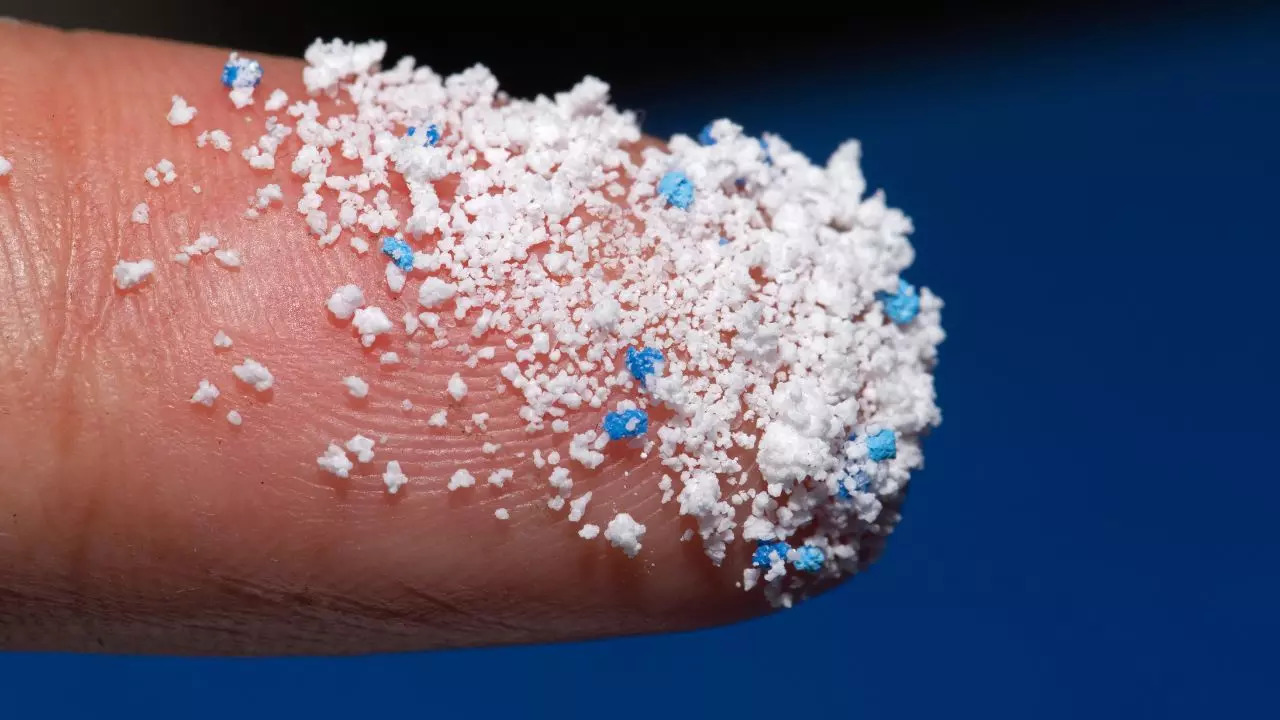Brazilian scientists discover microplastics in human brain tissue
A recent study found microplastics in the brain tissue above the nose. Scientists say this could be a passageway through which plastic fragments and microscopic fibers enter the brain. microplastics They have been found in almost every organ of the human body, including the bloodstream and artery-clogging plaque. The study was published in the journal JAMA Network Open and conducted by researchers from the School of Medicine at the University of São Paulo, Brazil.
The study focused on the olfactory bulb, a part of the brain that processes information about smell. Humans have two olfactory bulbs, one above each nasal cavity that connects the olfactory bulb and the nasal cavity to the olfactory nerve. The researchers say the olfactory pathway may be an entry point for microplastics to enter the brain.
Dr Thais Mauad, senior author of the study and associate professor of pathology at the University of São Paulo School of Medicine in Brazil, said: “Previous studies in humans and animals have shown that air pollution reaches the brain and that particles have been found in the olfactory bulb, so we believe that the olfactory bulb is likely one of the first points through which microplastics reach the brain.”
Mauad and his team took tissue samples from the olfactory bulb of 15 cadavers of people who died between the ages of 33 and 100. The samples from eight of the cadavers contained microplastics, tiny pieces of plastic ranging in size from 5.5 micrometers to 26.4 micrometers.
The researchers found 16 types of plastic fibers and particles in the fabrics. The smallest were thinner than the diameter of a human red blood cell, which measures about 8 micrometers. The most common type of plastic they found was polypropylene, followed by polyamide, nylon and polyethylene vinyl acetate.
Mauad said: “Propylene is everywhere, in furniture, carpets, clothes. We know that the place where we are most exposed to particles is indoors because all our houses are full of plastic.”
According to an NBC News report, Matthew Campen, a toxicologist at the University of New Mexico who has studied microplastics in the brain, said the presence of microplastics in the olfactory bulb “is unique but not terribly surprising.”
Campen wrote in an email: “The nose is an important defense point to keep particles and dust out of the lungs.
“So it is completely expected that we would see some plastics in the olfactory system, especially considering that they are found everywhere in the body.”
Although not mentioned in the study, Campen said he believes the samples likely also contained a lot of nanoplastics, which range in size from 1 to 1,000 nanometers. A strand of human DNA is about 2.5 nanometers thick (a micrometer is 1,000 times larger than a nanometer).
The presence of microplastics in the olfactory bulb does not automatically imply that there are microplastics in other parts of the brain, such as in regions related to cognition. It is not yet clear whether these particles can reach these parts of the brain via the olfactory bulb.
“There is evidence that very small airborne particles can reach the brain through the olfactory bulb, but this is not known to be a major trafficking route for material to the brain,” Campen said.
The olfactory system is the pathway that links the nose and the brain. Although rare, amoebas such as Naegleria fowleri, which is larger than the microplastics found in the study, can enter the brain through the olfactory nerve. Mauad said: “We thought that if bacteria can get through this pathway, microplastics could too.”
Disclaimer:
The information contained in this post is for general information purposes only. We make no representations or warranties of any kind, express or implied, about the completeness, accuracy, reliability, suitability or availability with respect to the website or the information, products, services, or related graphics contained on the post for any purpose.
We respect the intellectual property rights of content creators. If you are the owner of any material featured on our website and have concerns about its use, please contact us. We are committed to addressing any copyright issues promptly and will remove any material within 2 days of receiving a request from the rightful owner.

